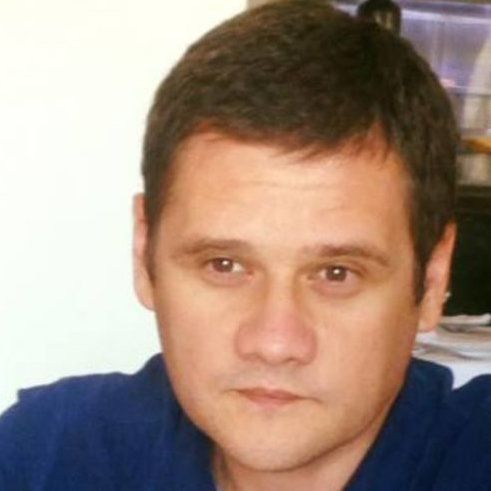Article
Medication May Worsen Sleep Instability in Patients with Parkinson Disease
Author(s):
Patients with Parkinson disease had more pronounced sleep instability than those with other disorders marked by alpha-synuclein buildup, but those differences diminished after adjusting for medication differences, a new study found.
Paulo Bugalho, MD, MSci, PhD

Non-REM sleep instability was similar among patients with Parkinson’s disease, dementia with Lewy bodies and isolated rapid eye movement sleep behavior disorder after adjusting for medication differences, but medication may worsen symptoms in patients with Parkinson’s disease, a recent study concluded.
The study included 54 patients with Parkinson disease, 24 with dementia with Lewy bodies (DLB) and 21 with isolated rapid eye movement sleep behavior disorder (iRBD). A second set of study groups compared those with and without RBD.
Investigators aimed to compare sleep stability, transitions, arousals and cycle structure among patients with the three disorders, hypothesizing that sleep instability, arousals and cycle structure changes would increase based on the disorder.
The patients underwent video-polysomnography between January 2015 and June 2021.
The study found that sleep instability was similar among patients with different alpha-synucleinopathies.
“Our study did not find significant differences in sleep stability/transition variables between iRBD, Parkinson disease (PD), and DLB, which could signify that these disorders have the same degree of sleep stability dysfunction, possibly concerning an early derangement of mesopontine structures responsible for both NREM and REM regulation—a preliminary finding that would benefit from confirmation by studies powered by larger samples, in which subtler differences could become significant,” the study authors, led by Paulo Bugalho, MD, MSci, PhD, of the department of neurology at Hospital de Egas Moniz and Centro Hospitalar de Lisboa Ocidental in Lisbon, Portugal, wrote.
Impairment of sleep cycling was more pronounced among patients with Parkinson’s disease.
“These differences could be due to the specificities of the neuropathological progression in PD, but the fact that they did not persist after adjusting for differences in medication suggests that other factors, particularly dopaminergic medication, should be contributing specifically to sleep fragmentation in PD patients,” the authors wrote.
There were no significant differences among those with RDB and those without.
The study authors noted that Parkinson disease, DLB and iRBD all are connected to alpha-synuclein accumulation in the brain stem and could be considered different stages of the same neuropathological process. Rapid eye movement sleep behavior disorder is common in both PD and DLB and often comes before diagnosis, at which point it is considered isolated RBD.
Other sleep problems include sleep fragmentation, reduction or abolition of REM sleep, changes in NREM sleep spindles, K complexes and slow-wave activity.
An 8-hour night of sleep typically includes four to six sleep cycles. The number of sleep cycles was low among all three groups in the study, with 24% of participants not having any sleep cycle and 54.24 having only one or two sleep cycles.
The mean number of sleep cycles was 2.9 in the iRBD group, 1.39 in the Parkinson disease group and 2.25 in the DLB group. Those differences diminished after the investigators repeated the analysis with medication as a co-variate.
“This could mean that dopaminergics, more frequently used in PD, could promote arousals in this disorder, while acetylcholinesterase inhibitors, more frequently used in DLB, could have a protective effect on arousal in this population,” the study authors wrote.
The study, "Sleep stability in isolated rapid eye movement sleep behavior disorder, Parkinson's disease, and dementia with Lewy bodies," was published online in Acta Neurologica Scandinavica.





